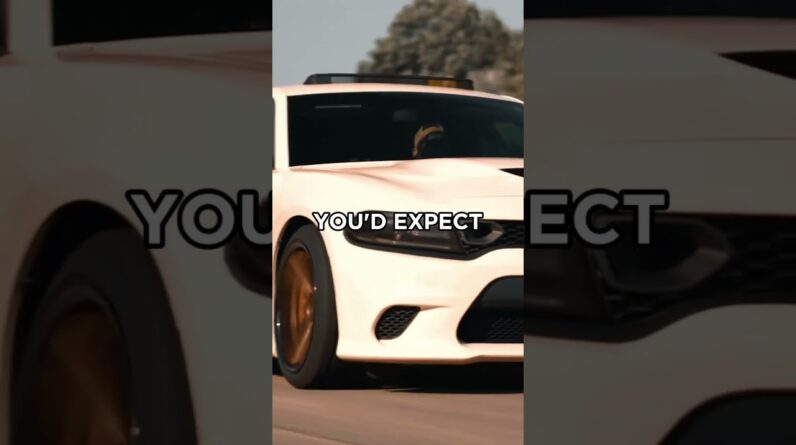In a bold move toward enhancing motorcyclist safety, Automobili Lamborghini has thrown its weight behind Ducati’s mission. The renowned motorbike manufacturer, based in Bologna, played a pivotal role in the Demo Event held at the Lausitzring race track in Germany. This event, hosted by the Connected Motorcycle Consortium (CMC), served as a platform to showcase the effectiveness of motorbike-car connectivity systems that have evolved through the consortium’s ongoing research endeavors.
The Connected Motorcycle Consortium (CMC) is an international alliance comprising prominent two-wheeled vehicle manufacturers. Its primary objective is to integrate motorcycles into the future of connected mobility, with a strong emphasis on bolstering the safety of motorcyclists. While car manufacturers have long delved into Vehicle to Vehicle (V2V) communication technologies, CMC has taken the audacious step of including data transmitted by motorcycles – vehicles with distinct needs and dynamics. The aim is to standardize these technologies for a future where they seamlessly integrate into the entire fleet of motorcycles and cars on the road.
Established in 2016, the same year Ducati joined its ranks, CMC initiated an in-depth analysis of the most perilous accidents involving motorcycles and cars. This analysis meticulously considered both the frequency and the severity of injuries sustained by motorcyclists. This data formed the foundation for identifying scenarios where connectivity could make the greatest impact. Subsequently, methodologies designed to curtail the number of accidents and mitigate risks to motorcyclists’ well-being were set into motion. A pivotal facet of this research was the imperative to minimize system reaction times, as accident prevention hinges on early warnings to the parties involved.
To illustrate the efficacy of the systems under development, Lamborghini collaborated with Ducati during the project’s trial phase by providing a Urus for simulation purposes. Ducati opted to focus on the three most critical and hazardous accident scenarios: instances where motorcycles find themselves obscured from oncoming cars or situations where motorcyclists have limited visibility of their immediate surroundings. In such predicaments, communication between vehicles equipped with on-board sensors holds the potential to significantly reduce accident rates.
The technology at the heart of these innovations was co-engineered by Ducati in conjunction with several key suppliers, including Bertrandt for hardware components and Nfiniity for the operating system and algorithm development. Throughout the development phase, the prototype motorcycle features an additional display, presenting warning signals to the rider, thereby heightening awareness of potential dangers.
The cases scrutinized and demonstrated at the Lausitzring event by Ducati and Lamborghini encompassed Intersection Movement Assist (IMA), Left Turn Assist (LTA), and Do Not Pass Warning (DNPW).
In the scenario of Intersection Movement Assist (IMA), the focus is on an intersection characterized by limited visibility. Here, a motorcycle on a busy thoroughfare approaches an intersection where a car from a secondary road is simultaneously approaching. To intensify the challenge, Ducati introduced a fixed obstacle, obscuring the motorbike from both the car’s driver and its auxiliary systems. In this circumstance, a warning signal materializes on the car’s dashboard, alerting the driver to the impending arrival of the motorbike, prompting the utmost caution at the intersection.
Conversely, Left Turn Assist (LTA) addresses intersections where both the car and motorcycle travel along the main road in opposing directions, with the car intending to turn left. In this scenario, the motorbike’s visibility to the car, even through auxiliary systems, is diminished, heightening the risk of inadequate evaluation by the approaching motorist.
#MotorcycleSafety
#ConnectedMobility
#DucatiLamborghiniCollaboration
Finally, Do Not Pass Warning (DNPW) pertains to situations where a motorcycle within a traffic lineup seeks to overtake a larger vehicle in front, which, in turn, has a car ahead of it aiming to make a left turn. However, this car is not within the motorcyclist’s field of view. In this context, the motorcyclist is promptly alerted as soon as the system detects the simultaneous activation of turn signals by both the car and the motorcycle.
In conclusion, Automobili Lamborghini’s collaboration with Ducati within the Connected Motorcycle Consortium underscores their collective commitment to revolutionizing motorcyclist safety through innovative technology. This partnership exemplifies the potential for transformative advancements in connectivity and communication between vehicles, ultimately minimizing accidents and safeguarding the well-being of motorcyclists on the road.
Get More Great Car Videos – Subscribe: https://goo.gl/BSIaFc







